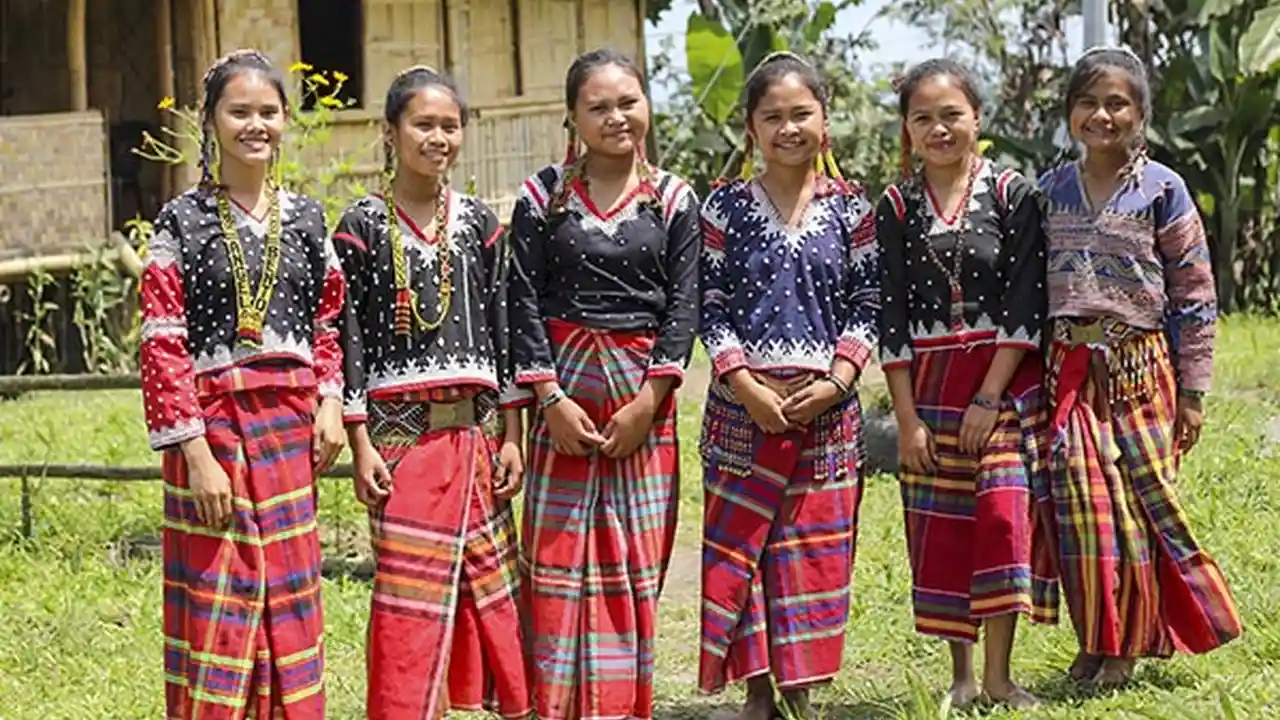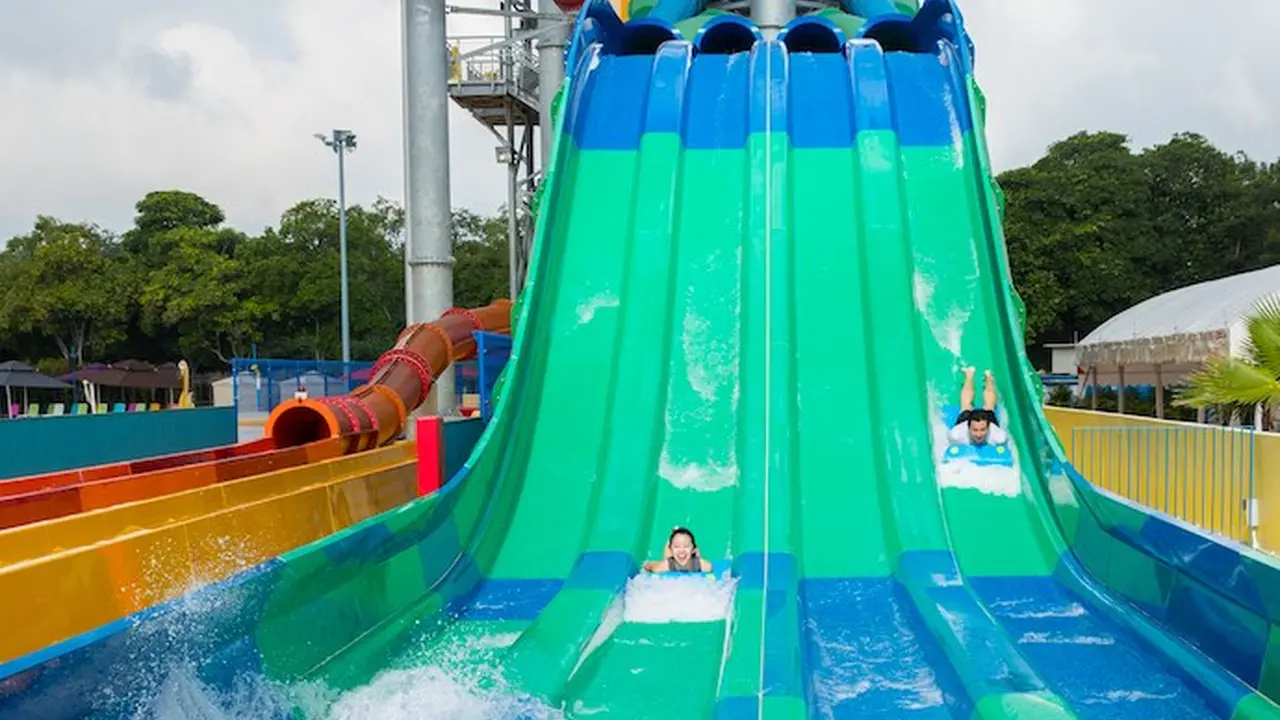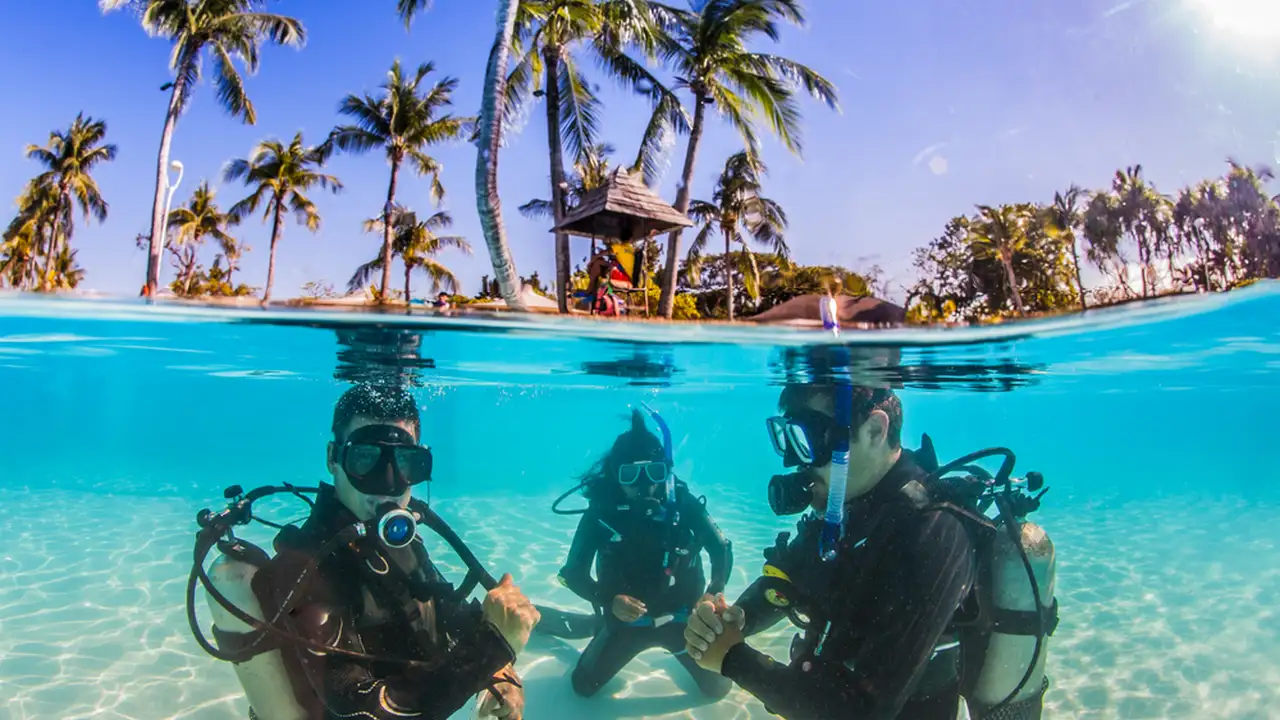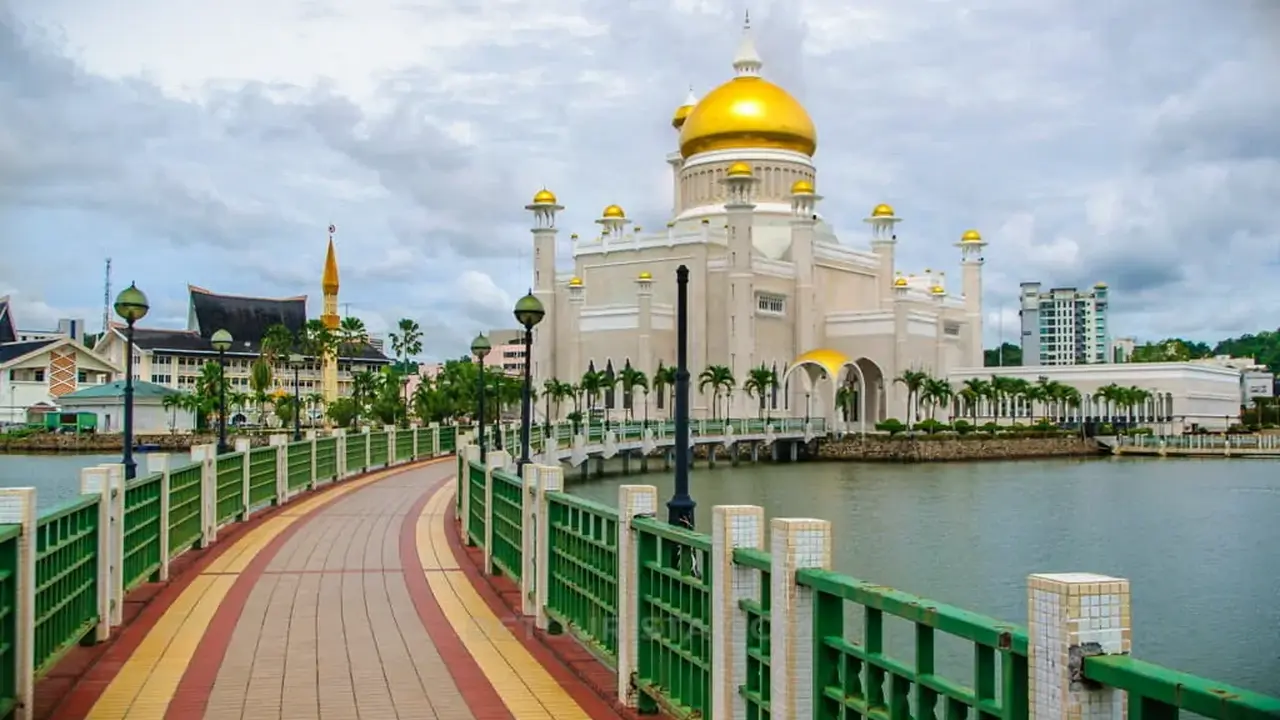Philippines Tribal Culture Exploration Tour
Embark on an exploration tour of the Philippines' diverse tribal cultures. This guide highlights tours that offer respectful and immersive experiences with indigenous communities. Learn about their traditions, beliefs, and way of life in remote regions.

Understanding the Philippines' Rich Tribal Heritage
The Philippines, an archipelago of over 7,000 islands, is home to a stunning array of cultures. Long before Spanish colonization, indigenous tribes thrived, each with unique traditions, languages, and beliefs. These tribes, often residing in remote mountainous regions, have managed to preserve their cultural identities despite modernization. A tribal culture exploration tour offers a rare opportunity to witness and learn about these fascinating communities firsthand.
Why Choose a Tribal Culture Exploration Tour?
These tours aren't your typical tourist traps. They're designed to be respectful, immersive, and educational. You'll be interacting with indigenous communities, learning about their daily lives, participating in their traditions (where appropriate and with permission), and contributing to sustainable tourism that benefits the community directly. It's a chance to go beyond the beaches and bustling cities and connect with the heart and soul of the Philippines.
Key Considerations Before You Go: Ethical Travel and Respect
It's crucial to choose a tour operator committed to ethical and sustainable tourism. Look for companies that prioritize the well-being of the indigenous communities, ensuring that tourism benefits them directly. Respectful behavior is paramount. Dress modestly, ask permission before taking photos, and be mindful of local customs. Remember, you are a guest in their home.
Recommended Tribal Culture Exploration Tours: A Deep Dive
Let's explore some tour options that offer authentic and respectful experiences:
Cordillera Region: Meeting the Headhunters (Kalinga Tribe) and Ifugao Rice Terraces
The Cordillera region in Northern Luzon is home to several indigenous tribes, including the Kalinga and Ifugao. A tour here might involve trekking through the stunning rice terraces (a UNESCO World Heritage Site), visiting remote villages, and learning about the Kalinga's unique headhunting traditions (now practiced only symbolically). You might even witness a traditional dance or participate in a weaving workshop.
Potential Tour Operator: Tribal Adventures Philippines (hypothetical name). They focus on small group tours with experienced local guides.
Typical Activities: Trekking, village visits, cultural performances, weaving workshops, learning about traditional farming practices.
Duration: 3-5 days.
Pricing: $300-$600 (depending on itinerary and inclusions).
Mindanao: Experiencing the Lumad Culture (Various Tribes)
Mindanao is home to the Lumad, a collective term for several indigenous tribes who have resisted outside influence for centuries. Tours in Mindanao might involve visiting remote villages, learning about their traditional crafts (such as weaving and metalworking), and participating in ceremonies. Safety is a concern in some parts of Mindanao, so choosing a reputable tour operator with local knowledge is essential.
Potential Tour Operator: Mindanao Cultural Tours (hypothetical name). They specialize in responsible tourism initiatives in partnership with Lumad communities.
Typical Activities: Village visits, cultural performances, learning about traditional crafts, participating in ceremonies (with permission), learning about Lumad history and struggles.
Duration: 4-7 days.
Pricing: $400-$800 (depending on itinerary and security arrangements).
Palawan: Connecting with the Tagbanua Tribe
Palawan, known for its stunning beaches and biodiversity, is also home to the Tagbanua tribe. A tour here might involve visiting their ancestral lands, learning about their traditional fishing and farming practices, and participating in their unique rituals. Some tours might even involve learning about their sustainable resource management techniques.
Potential Tour Operator: Palawan Eco-Cultural Tours (hypothetical name). They focus on environmentally friendly and culturally sensitive tourism.
Typical Activities: Village visits, learning about traditional fishing and farming, participating in rituals (with permission), learning about sustainable resource management, exploring ancestral domains.
Duration: 2-4 days.
Pricing: $200-$500 (depending on itinerary and activities).
Essential Gear and Packing List for Philippines Tribal Tours
Packing for a tribal culture exploration tour requires careful consideration. Here’s a suggested list:
- Comfortable and durable hiking shoes: You'll likely be doing a lot of walking and trekking.
- Lightweight and breathable clothing: The Philippines can be hot and humid.
- Modest clothing: Respectful attire is essential when visiting indigenous communities. Avoid revealing clothing.
- Rain gear: Be prepared for unexpected showers.
- Insect repellent: Protect yourself from mosquito bites.
- Sunscreen: Protect your skin from the sun.
- Hat and sunglasses: For sun protection.
- Water bottle: Stay hydrated.
- First-aid kit: Include essential medications and supplies.
- Headlamp or flashlight: Useful for navigating in the dark.
- Camera: Capture your experiences (but always ask permission before taking photos).
- Cash: ATMs may be scarce in remote areas.
- Gifts for the community (optional): Consider bringing small gifts like school supplies or toiletries (check with your tour operator for suggestions).
Recommended Products for a Comfortable and Respectful Trip
Here are a few product recommendations to enhance your experience:
REI Co-op Sahara Shade Hoodie
Description: A lightweight, breathable hoodie with UPF 50+ sun protection. It's perfect for protecting yourself from the sun without overheating.
Use Case: Hiking, exploring villages, outdoor activities.
Comparison: Compared to a regular t-shirt, the Sahara Shade Hoodie offers superior sun protection. Compared to a heavier jacket, it's much more breathable and comfortable in hot weather.
Price: $59.95
Sawyer Products Premium Insect Repellent with 30% DEET
Description: A highly effective insect repellent that provides long-lasting protection against mosquitoes, ticks, and other biting insects.
Use Case: Outdoor activities, especially in areas with high mosquito populations.
Comparison: DEET is generally considered the most effective insect repellent. While there are DEET-free options, they may not provide as long-lasting or complete protection.
Price: $10.99
LifeStraw Go Water Filter Bottle
Description: A reusable water bottle with a built-in water filter that removes bacteria and protozoa from water sources.
Use Case: Staying hydrated when clean drinking water is not readily available.
Comparison: Compared to buying bottled water, the LifeStraw Go is more environmentally friendly and cost-effective in the long run. Compared to water purification tablets, it provides instant access to clean water without the waiting time.
Price: $34.95
Osprey Talon 22 Backpack
Description: A lightweight and versatile backpack that's perfect for day hikes and exploring villages.
Use Case: Carrying essential gear on day trips.
Comparison: The Osprey Talon 22 is a good balance of size, weight, and features. Compared to a larger backpack, it's more comfortable to carry for shorter trips. Compared to a smaller daypack, it offers more storage space.
Price: $130
Responsible Photography: Capturing Memories Respectfully
Photography can be a great way to document your experiences, but it's crucial to be respectful. Always ask permission before taking photos of people. Be mindful of cultural sensitivities and avoid taking photos of sacred sites or ceremonies without permission. Offer to share the photos with the people you photograph. Remember that you are a guest, and your behavior should reflect that.
Supporting Local Economies: How to Make a Positive Impact
One of the best ways to contribute to sustainable tourism is to support local economies. Buy handicrafts directly from artisans, eat at local restaurants, and stay in locally owned guesthouses. Avoid buying souvenirs that are mass-produced or imported. By supporting local businesses, you're helping to create economic opportunities for indigenous communities and ensuring that tourism benefits them directly.
The Rewards of Cultural Immersion: A Life-Changing Experience
A tribal culture exploration tour in the Philippines is more than just a vacation; it's a chance to connect with a different way of life, learn about ancient traditions, and gain a deeper understanding of the world. It's an opportunity to challenge your perspectives, broaden your horizons, and create memories that will last a lifetime. By traveling responsibly and respectfully, you can contribute to the preservation of these unique cultures and help ensure that they thrive for generations to come. So, pack your bags, open your mind, and prepare for an unforgettable adventure in the heart of the Philippines.
:max_bytes(150000):strip_icc()/277019-baked-pork-chops-with-cream-of-mushroom-soup-DDMFS-beauty-4x3-BG-7505-5762b731cf30447d9cbbbbbf387beafa.jpg)






